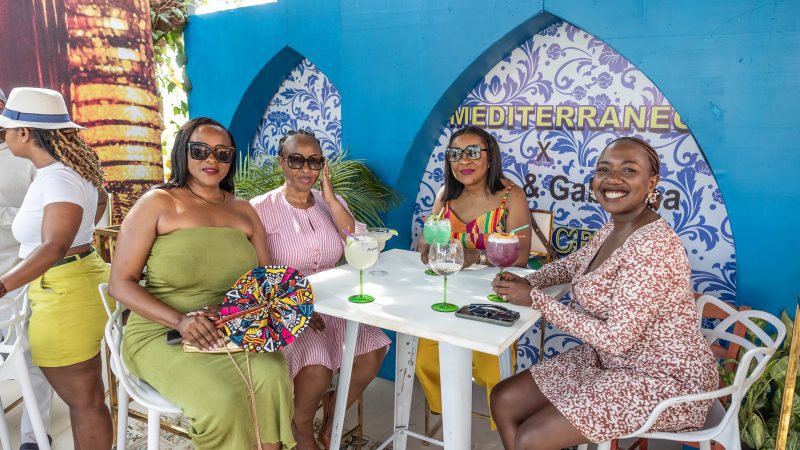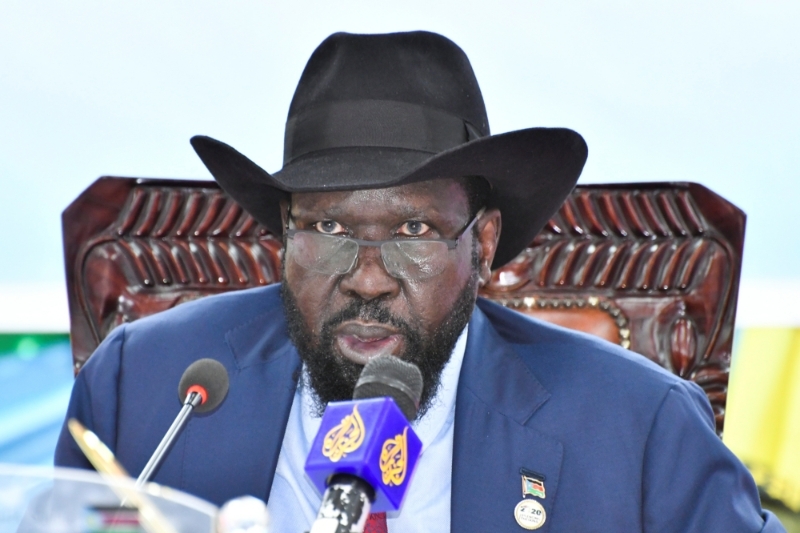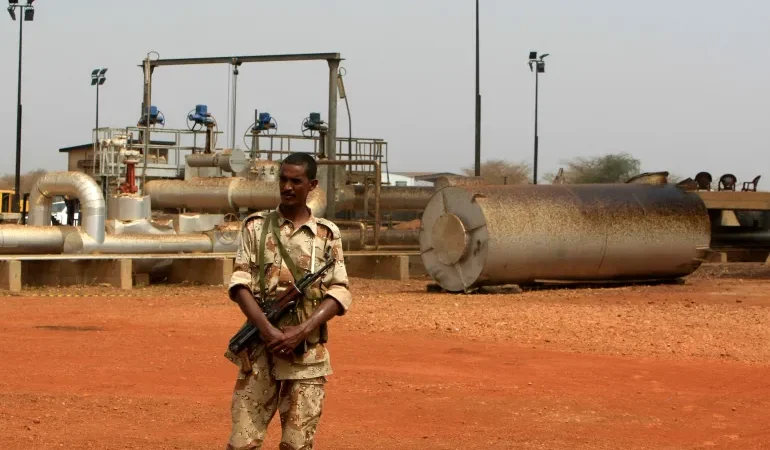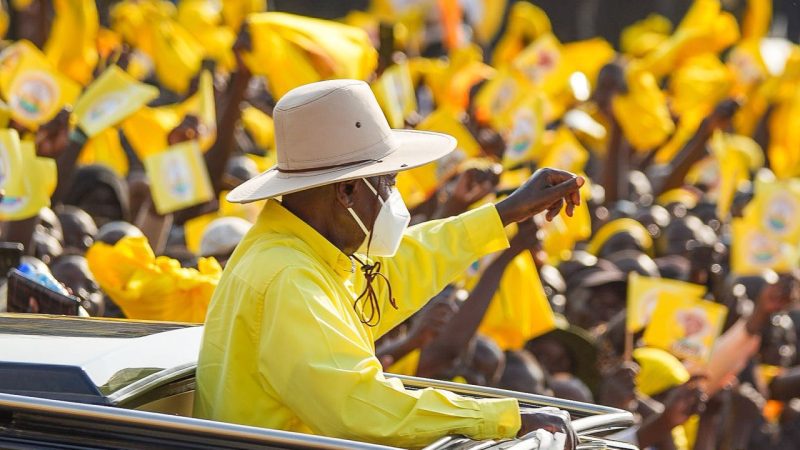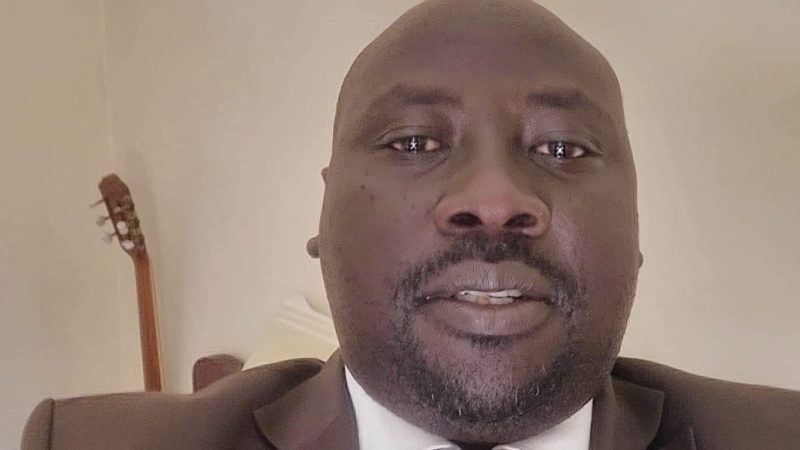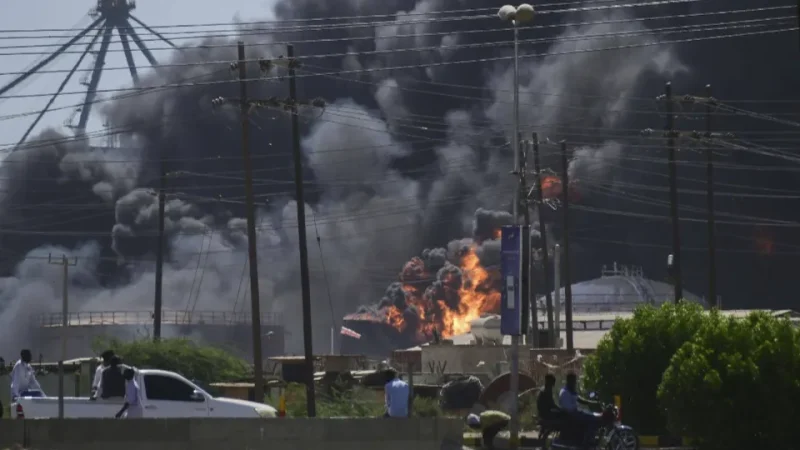Raila Odinga will not run again for president unless the Supreme Court demands a presidential election re-run.
He has said as much in an interview with a British newspaper Financial Times.
If the Supreme Court upholds the electoral commission’s declaration of President Uhuru Kenyatta’s re-election, it will probably mark the decline of the left-leaning politician who has dedicated the last 35 years to fighting for democracy – an achievement that has earned him global accolades.
Mr Odinga has been detained, jailed, exiled, tortured and his family has borne the wrath of separate regimes.
CROWN
He had hoped to crown all this with the presidency.
His body language, of late, is not that of a happy man.
He looks increasingly livid – even as he prepares to convince the Supreme Court that his victory during the August 8 presidential race was stolen.
“It is not about me, he told FT. “We just want Kenyans to know what happened, what the whole world is not understanding is happening.”
After four attempts for the presidency, Mr Odinga is perhaps the last of Jaramogi Oginga Odinga’s lineage to attempt a serious run for the seat.
ODINGAISM
But would his exit also mark the end of Odingaism?
It is a question that is not succinctly addressed by various political commentators.
The term Odingaism has been with us since the 1970s and various political scientists have tried to help us understand what it stands for.
While some look at it as a personality cult, others say it represents the principles of Jaramogi, not only to the Luo community that provides the bedrock of support but to all those who loved what he stood for.
And that is the position taken by political scientists Fred Jonyo and Solomon Owuoche who tell us in their book, Politics in Kenya, that “Odingaism represents the principles that the late Jaramogi Oginga Odinga – a nationalist, not a Luo leader – lived and died for.”
CONTROL
Swedish political scientist Fredrick Roe Boe, who did a PhD by studying Odingaism and its relationship to the “Luo narrative of decline” regards “Odingaism (as) a special brand of political-isms that refers to the exceptional hold the Odingas, and especially Raila, have over the Luo.”
Dr Boe’s position is also taken by a Moi-time Kanu apologist and Kenyatta University scholar Prof Henry Mwanzi who accused Mr Odinga of controlling the community “Mentally and psychologically as they seceded from Kenya and lived in a world of their own … He chose for them who to elect.”
Another scholar at University of Wisconsin, Prof Michael Schatzberg, in his book, Political Legitimacy in Middle Africa, tells that what distinguishes Odingaism from others is that “the authority is real; it is not crafted around a hawkish evocation of a carefully orchestrated personality cult.”
He says that is the reason Odingaism is hardly questioned.
ACTIVE
That both Jaramogi and Raila have held sway within the community is not in doubt.
While the death of Jaramogi could have ended Odingaism – if indeed it was a personality cult – it didn’t.
Actually, as another scholar, Godwin Murunga, writes, the rise of Raila, as inheritor of the throne, was expected. “Raila was not just Odinga’s favoured son but also he was active alongside his father in the politics of dissent … for this and other reasons, he unofficially took over the leadership of the Luo after the death of his father,” wrote Dr Murunga in the Ufahamu Journal.
But the scholar warned early that “the almost wholesale Luo community’s transfer of its faith and trust to the person of Odinga does not augur well for inter-ethnic mobilisation” – which is the bedrock of our democracy.
ROCK AND HARD PLACE
But it is this mobilisation that almost brought Mr Odinga to the apex of Kenya’s leadership and he managed to build a political base outside the former Nyanza Province by crafting what was known as “Summit”, or “Pentagon” but which was the elevation of a few leaders as the political marksmen of various communities, a stroke of political genius but which could backfire badly as it did following the fallout between Mr Odinga and William Ruto, now the Deputy President.
Mr Odinga is now between a rock and a hard place and his supporters are looking upon him to give them direction.
At the moment, his advisers are shielding him from the press, when they can they provide written statements and no questions; or he simply stands beside his political allies Musalia Mudavadi, Kalonzo Musyoka and James Orengo as they answer the questions.
This is because of all the candidates in this year’s presidential race, Mr Odinga was running what was widely seen as the final lap of his political career or what his supporters referred to as “the last bullet”.
OPPOSITION POLITICS
It was important for him to win for a reason.
He did not want to end up as the doyen of opposition politics in Kenya, just like Jaramogi, but wanted to crown his father’s failed dream by clinching the ultimate political prize: State House and Presidency.
When his father ran for the presidency in 1992, he only managed a paltry 300,000 votes compared to President Daniel Moi’s 1.9 million votes, Kenneth Matiba’s 1.4 million and Mwai Kibaki’s 1.03 million votes.
This performance forced him to start co-operating with Kanu “for the sake of development”, a move that isolated Kibaki and Matiba as the only renegades.
REVIVE
But after his death in January 1994, this co-operation ended and the young Raila managed to revive the firebrand spirit of his father, becoming the most astute figure in the opposition and managing to eclipse those who stood in his way within Ford Kenya by reinvigorating Jaramogi’s political base.
He quit and formed his own National Development Party (NDP) which was akin to his father’s formation of Kenya People’s Union in 1966 which scholars regard as the basis of Odingaism after he failed to get hold of Kanu through the Lumumba Institute.
For starters, Lumumba Institute (the building now housing Pan African University) was hatched to train Kanu grassroots leaders in socialism and Jaramogi had brought some two Russian “instructors” – Mr Alexei Zdravomyslova and Mr Andrei Bogdanov to teach “principles of socialism” – the Leninist art of political action.
When this project was nipped in the bud by Tom Mboya, after he was briefed about the secret activities of the institute by US Ambassador William Atwood, Mr Mboya and his Kanu henchmen plotted the final fall of Jaramogi by whittling down his powers within Kanu through the Limuru Conference.
DETENTION
That is how Jaramogi ended up in KPU.
Here, Kanu managed to reduce his national stature to that of a Luo leader by containing the progress of the party through blackmail of its followers and leaders.
Finally, after a rowdy meeting in 1969 in Kisumu in which President Jomo Kenyatta was stoned, KPU was proscribed and all its leaders detained.
By this time, Mr Mboya, the man who was opposed to the rise of Odingaism, had been assassinated in Nairobi as part of the Kenyatta succession and Jaramogi had used the death to his advantage.
His detention came soon but this only earned him more followers.
NEW LEADERS
What followed next were attempts to introduce new leaders to replace Jaramogi.
Egerton College lecturer Dr Odongo Omamo had been brought by Kanu to vie for Jaramogi’s Bondo parliamentary seat.
Jaramogi would not see Parliament again until 1992!
By 1974, his supporters blamed Dr Omamo as the person who influenced Kanu Organising Secretary Nathan Munoko’s decision to bar Jaramogi from running in that year’s election which would have seen him return to politics.
Dr Omamo, a man who held several agricultural degrees from India, Pakistan and USA, had a hard time campaigning.
He was always working to justify why he took Jaramogi’s Bondo seat.
COME BACK
Actually, political pundits say, had Jaramogi not decided to make a political come back in 1974, Dr Omamo would have become the next Luo leader.
But that was not to be.
Attempts to have him step down for Jaramogi following the Hippo Point Resolution which called on all Dr Omamo allies to give way to KPU members did not go down well with the establishment.
Dr Omamo reached out for help from the Kanu headquarters which plotted the next fall of Jaramogi.
On the day that Jaramogi came to Nairobi to present his nomination papers for endorsement to run for the Bondo seat, a new directive was issued barring all KPU ex-detainees from party nomination unless they had been out of detention for three years and had proved that they were ideologically rehabilitated.
REVENGE
Jaramogi planned his revenge for Dr Omamo and threw his support behind an unknown political novice Jonas Ochieng Ougo as Bondo MP.
Dr Omamo was appointed the head of Mumias Sugar, one of the largest parastatals then.
The fall of Dr Omamo was the best indicator of the power that Jaramogi held – and Kanu mandarins never forgave him for that.
When he tried in 1975 to get elected as the chairman of Kanu branch in Siaya district, following the death of Walter Odede (Tom Mboya’s father-in-law), Charles Njonjo overturned that election arguing that it was “unprocedural”.
Even after Jaramogi followed all the procedures – he attended wedding of Mbiyu Koinange’s son and visited James Gichuru – the acting Secretary-General Robert Matano would later announce that no ex-KPU member would hold office within Kanu at any level.
ANTI-MOI
Jaramogi and Oloo Aringo had been picked to represent Siaya at the Kanu chairmen meeting and the ex-KPU leader was to run for a national office.
In September 1976, he made another bid to get back to Kanu with the tacit encouragement of anti-Moi factions who wanted Jaramogi to play a role in counter-balancing the Kenyatta succession, not only as a way of bringing back the Luo to the government but also to tame Mr Moi whose relationship with Jaramogi was always bad.
This faction, led by Nakuru East MP Kihika Kimani, had invited a Jaramogi ally, Achieng Oneko, to the September 1977 meeting that suggested that the Constitution of Kenya be amended to prevent an automatic succession to the presidency by the vice-president.
Others in that meeting were Njenga Karume, then chairman of the powerful Gikuyu, Embu Meru Association (Gema), veteran Kanu leader James Gichuru (Defence minister), Paul Ngei (Co-operatives) and Jackson Angaine (Lands and Settlements).
But this group’s bid was thwarted by Charles Njonjo, the Attorney-General, who had no time for Jaramogi and his former KPU leaders.
HOLD POWER
But what they all agreed was that Jaramogi continued to hold his power by pinpointing who got elected.
The only two ministers who survived were Omboko Okero and Mathews Ogutu who were not supporters of Jaramogi.
Attempts to strengthen anti-Odinga forces in Nyanza did not materialise although the election of Mr Omolo Okero as Kanu chairman for Siaya stopped Jaramogi’s thoughts of ever coming back through Kanu.
With all this, there was great apathy towards national politics in Nyanza as pro-Odinga politicians were targeted.
How Okero-Ogutu-Omamo axis was used but failed to eclipse the rise of Odingaism in the region needs a serious study.
RESTRICT
Kanu politicians knew that without support of Kanu at the grassroots, Jaramogi would not rise to the national level.
They had also managed to restrict Odingaism to only two Nyanza districts of Siaya and Kisumu.
The then South Nyanza, largely a former Tom Mboya territory, though he never sought their votes, had seen the 1969 election see the emergence of Alphonse Okuku (Mboya’s brother), Okiki Amayo and Maisore Itumbo, who had formed South Nyanza Group to resist emergence of Odingaism which was being spearheaded by Kasipul Kabondo’s Samuel Ayodo and Migori MP John Okwanyo.
It was not until 1990 when Jaramogi managed to become the titular leader for the Forum for the Restoration of Democracy (FORD) that he made a political comeback.
OLD AGE
By then old age and lack of capital failed him.
Also, the emergence of Matiba and Kibaki destroyed his best bid for State House.
Had FORD survived, Jaramogi would have become the third president of Kenya.
If his son Raila, who has commanded his father’s political powerbase and extended it to Western Kenya and Coast, exits, it could determine how Odingaism survives without a family member at the helm.
Time will tell.
REPORT: DAILY NATION


